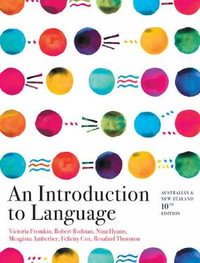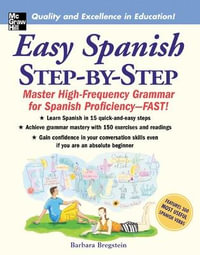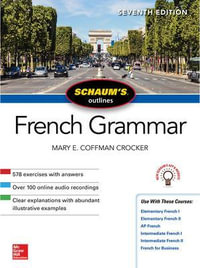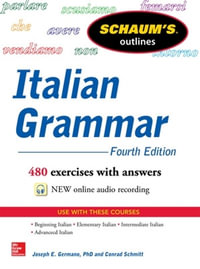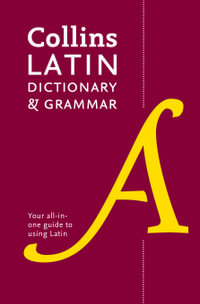| Acknowledgements | p. x |
| Preface | p. xi |
| Introduction: the rubber ruler | p. 1 |
| Why test language learning? | p. 1 |
| What is a language test? | p. 2 |
| What are the properties of measuring devices? | p. 2 |
| The rubber ruler | p. 3 |
| Tests, measurement and evaluation | p. 5 |
| Evaluation without measurement | p. 5 |
| Measurement without a test | p. 5 |
| Tests | p. 6 |
| Ethical uses of language tests | p. 9 |
| Reliability | p. 10 |
| Validity | p. 10 |
| Further reading | p. 13 |
| Exercises | p. 13 |
| Measuring language ability and making decisions | p. 17 |
| Measuring language ability | p. 17 |
| Making decisions about learners, teachers, programmes, and policies | p. 19 |
| Contexts of language use | p. 20 |
| Contextual features | p. 21 |
| Authenticity | p. 24 |
| Making valid interpretations of test performance | p. 26 |
| Consistency of measurement | p. 26 |
| Validity: evidence for interpretations of test performance | p. 29 |
| Conclusion: bias for best | p. 34 |
| Further reading | p. 35 |
| Exercises | p. 35 |
| Test development | p. 38 |
| What do I need to test? Needs analysis | p. 38 |
| Define the purpose of the test | p. 40 |
| Conduct a preliminary investigation | p. 40 |
| Collect primary data | p. 40 |
| Collect secondary data | p. 42 |
| Analyse target language use task and language characteristics | p. 44 |
| How am I going to test language abilities? Turning target language use tasks into test tasks | p. 48 |
| Developing a test task | p. 48 |
| Developing a blueprint for the test | p. 49 |
| Options for test tasks | p. 49 |
| How am I going to give the test? Test administration | p. 54 |
| Test environment | p. 54 |
| Personnel | p. 54 |
| Procedures | p. 55 |
| Scoring | p. 55 |
| How can my computer assist me in test development? Computer-based tools | p. 56 |
| Hot Potatoes | p. 57 |
| Moodle | p. 60 |
| WebCT | p. 60 |
| Conclusion | p. 63 |
| Further reading | p. 64 |
| Exercises | p. 64 |
| Alternatives in assessment | p. 67 |
| Norm-referenced and criterion-referenced tests | p. 67 |
| Communicative language tests | p. 69 |
| 'General' and 'specific purpose' language tests | p. 70 |
| Discrete-point and integrative tests | p. 70 |
| Formative and summative assessment | p. 72 |
| Alternative approaches to assessment | p. 73 |
| Conference assessments | p. 74 |
| Portfolio assessment | p. 74 |
| Self- and peer-assessments | p. 75 |
| Task-based and performance assessment | p. 76 |
| Dynamic assessment | p. 79 |
| Summary | p. 80 |
| Conclusion | p. 80 |
| Further reading | p. 81 |
| Exercises | p. 81 |
| By the numbers: a statistics mini-course | p. 85 |
| Introduction | p. 85 |
| Normal distribution | p. 87 |
| The average or mean | p. 88 |
| Standard deviation | p. 90 |
| Standard deviation as a unit of measurement | p. 92 |
| Correlation | p. 93 |
| Probability and statistical significance | p. 97 |
| The t-test of the difference between two averages | p. 99 |
| Analysis of variance | p. 101 |
| Reliability | p. 104 |
| Split-half method | p. 105 |
| Internal consistency method | p. 106 |
| Standard error of measurement | p. 108 |
| The reliability of human raters | p. 110 |
| Conclusion | p. 111 |
| Further reading | p. 112 |
| Exercises | p. 113 |
| Technology and language testing | p. 115 |
| Introduction | p. 115 |
| Issues in technology and language testing | p. 116 |
| Technology and test taker attitudes | p. 117 |
| Language performance and different media | p. 117 |
| Technology and the construct to be measured | p. 118 |
| Technology and assessment tasks | p. 118 |
| The limits of automated scoring | p. 119 |
| Technology and language task types | p. 119 |
| Listening tasks | p. 119 |
| Integrated listening and speaking tasks | p. 122 |
| Writing tasks | p. 124 |
| Reading tasks | p. 125 |
| The promise and threats of automated scoring | p. 127 |
| Examples of current automated scoring programs | p. 127 |
| Concerns about automated scoring | p. 129 |
| Test feedback and reporting | p. 131 |
| Online and computer-based resources for statistics | p. 135 |
| Microsoft“ Excel | p. 135 |
| Online resources | p. 137 |
| Conclusion | p. 139 |
| Further reading | p. 139 |
| Exercises | p. 140 |
| Afterword: the rubber ruler revisited | p. 144 |
| References | p. 146 |
| Index | p. 153 |
| Table of Contents provided by Ingram. All Rights Reserved. |



